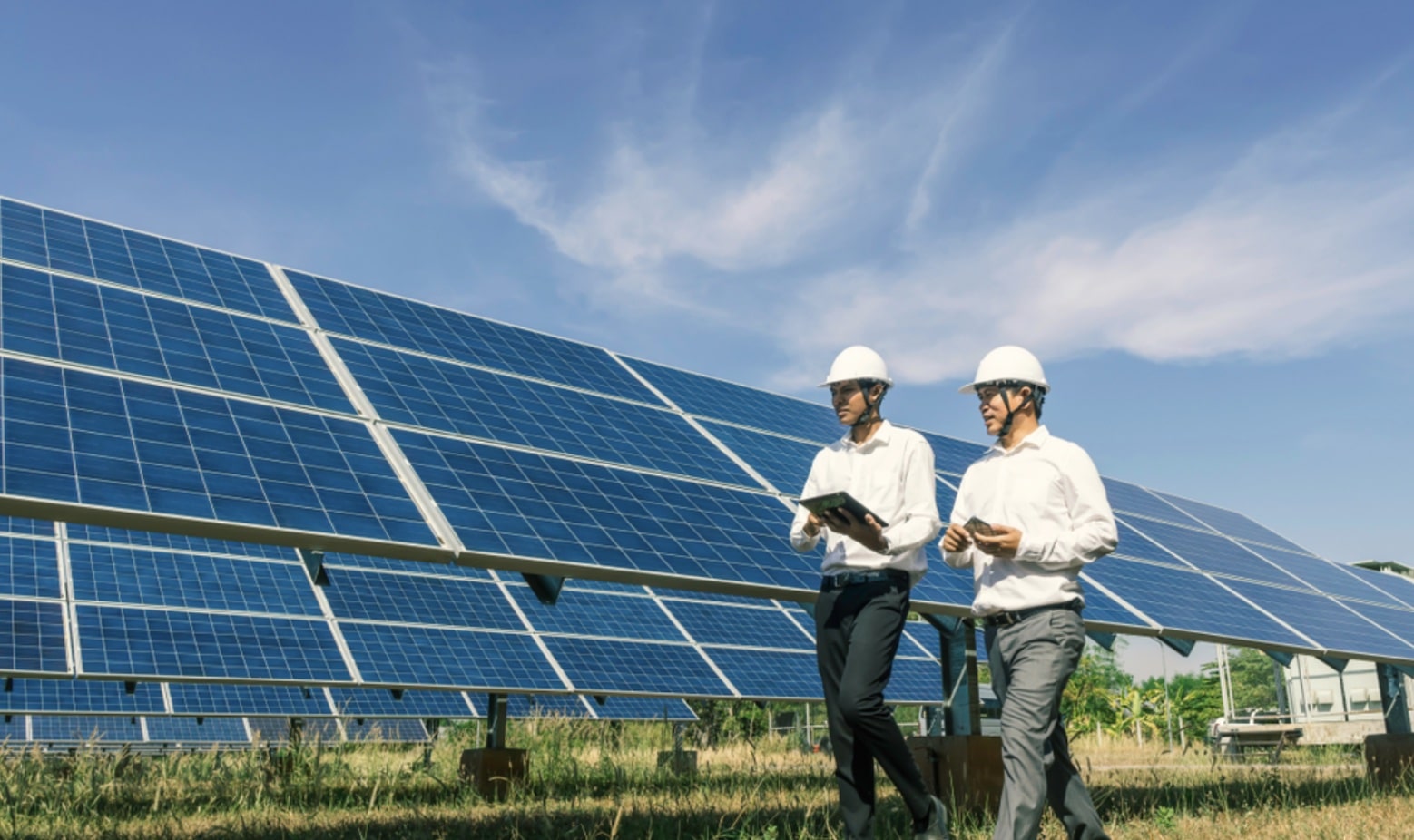Electricity is something we use every day — for lights, fans, appliances, and more. But have you ever thought about where that electricity comes from? Most of us still rely on traditional energy sources, but now more people are switching to solar rooftop systems. Let’s understand the difference and which one is better for you.
What is a Solar Rooftop System?
A Solar Rooftop System means installing solar panels on your roof. These panels capture sunlight and turn it into electricity, which you can use in your home or office.
What is Traditional Energy?
Traditional energy comes from sources like coal, oil, gas, or hydroelectric dams. This power is made at big plants and sent to your home through wires.
Main Differences Between Solar Rooftop and Traditional Energy:
1. Cost
Solar: One-time setup cost, but saves money every month on your electricity bill. You can also get government subsidies.
Traditional: No setup cost, but monthly bills keep increasing.
2. Environment
Solar: Clean and eco-friendly. No pollution.
Traditional: Causes pollution and harms the environment.
3. Energy Control
Solar: You can make your own electricity and even sell extra power back to the grid.
Traditional: You depend on the power company and may face power cuts.
4. Maintenance
Solar: Very low maintenance. Works for 20–25 years.
Traditional: You don’t maintain it, but it’s based on old systems that can fail.
5. Government Support
Solar: Big support with subsidies up to ₹78,000, net metering, and more.
Traditional: No major support or savings.

